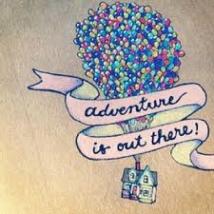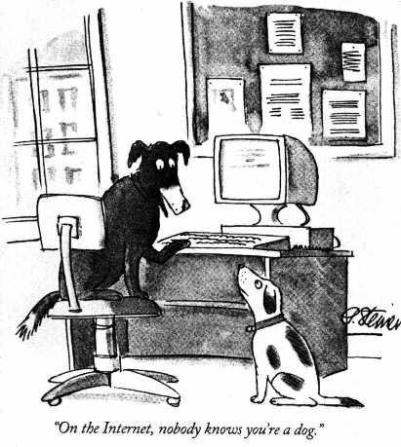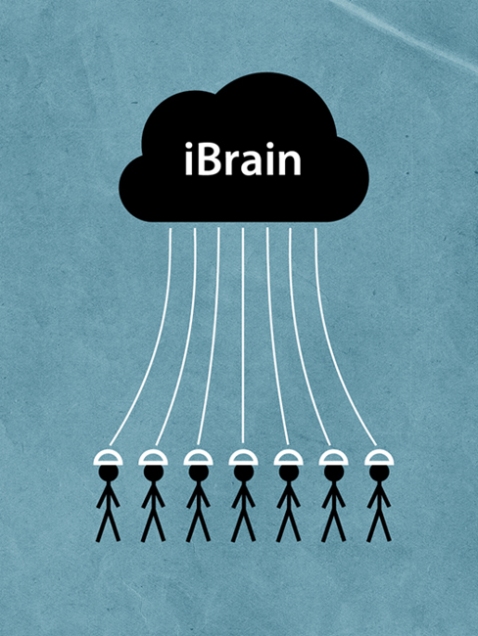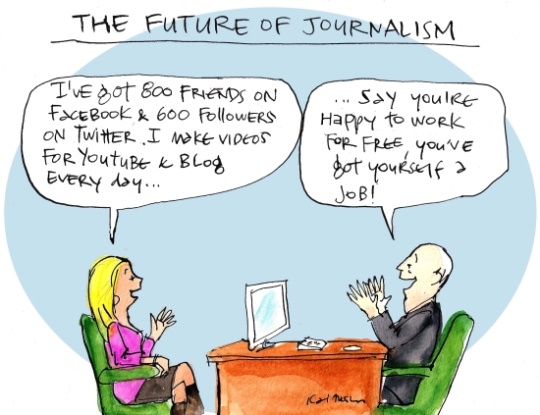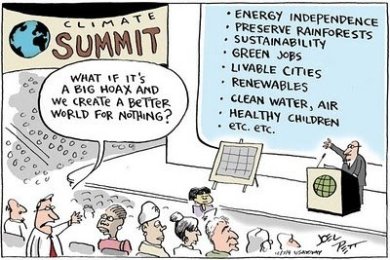“Breathe” I keep telling myself, “You will be okay – it’s only the other side of the world.”
Exactly.
Tomorrow evening I will take off on what I am sure will be one of the greatest years of my life. Two months travelling England and America, then up to Canada where I will begin a year’s study at the University of Calgary.
I have been planning this adventure for over a year. I have been so excited and filled out countless forms. I have packed my bags, organised flights, accommodation and tours. And all of a sudden tomorrow is lift off. No more days to cross off my count down.
I am so scared.
Of course, these nerves are all part of the adventure. I decided to do this so I could challenge myself – leaving is part of the challenge. I will be exploring places I know nothing about and I will learn so much about myself and the world. I am so lucky to have my family with me for the first three weeks in England and then I will meet up with one of my best friends, Christie, in America. So familiar faces will never be far away. Still, leaving everything I know behind is going to be hard.
My aim for this trip? Be brave, be friendly and ‘go with the flow’. And HAVE FUN!!! I am looking forward to making new friends and creating amazing memories.
I have wanted this so badly and I have worked really hard to make it happen. That hasn’t always been easy but the adventure begins tomorrow and it is going to be incredible. It is weird to think that tomorrow is going to be a life-changing day.
“We never stand still, we are constant motion, all of us cosmic dancers. We are born to trip the light fantastic, to step and bow on the world stage, keeping our own perspectives but always in the context and awareness of others. We are duty bound to act universally, for while we are each a child of our own culture, we must never lose sight of how closely related we are. Dance on this knowledge for it is time to take another step, another leap into a future of love, curiosity, learning and pride in the whole of humankind and the vast experience that is our common legacy.” – Anthea Paul, Girlosophy
